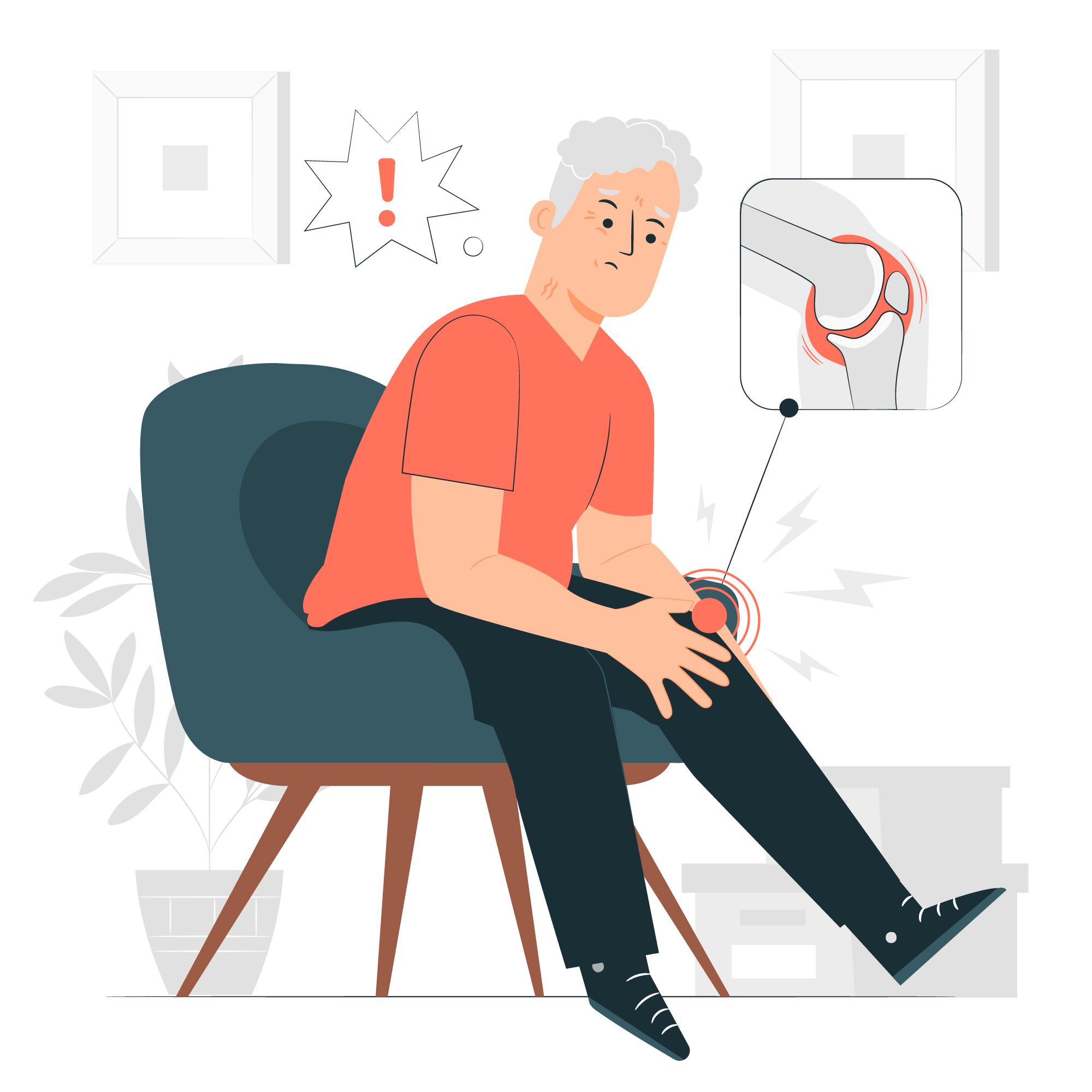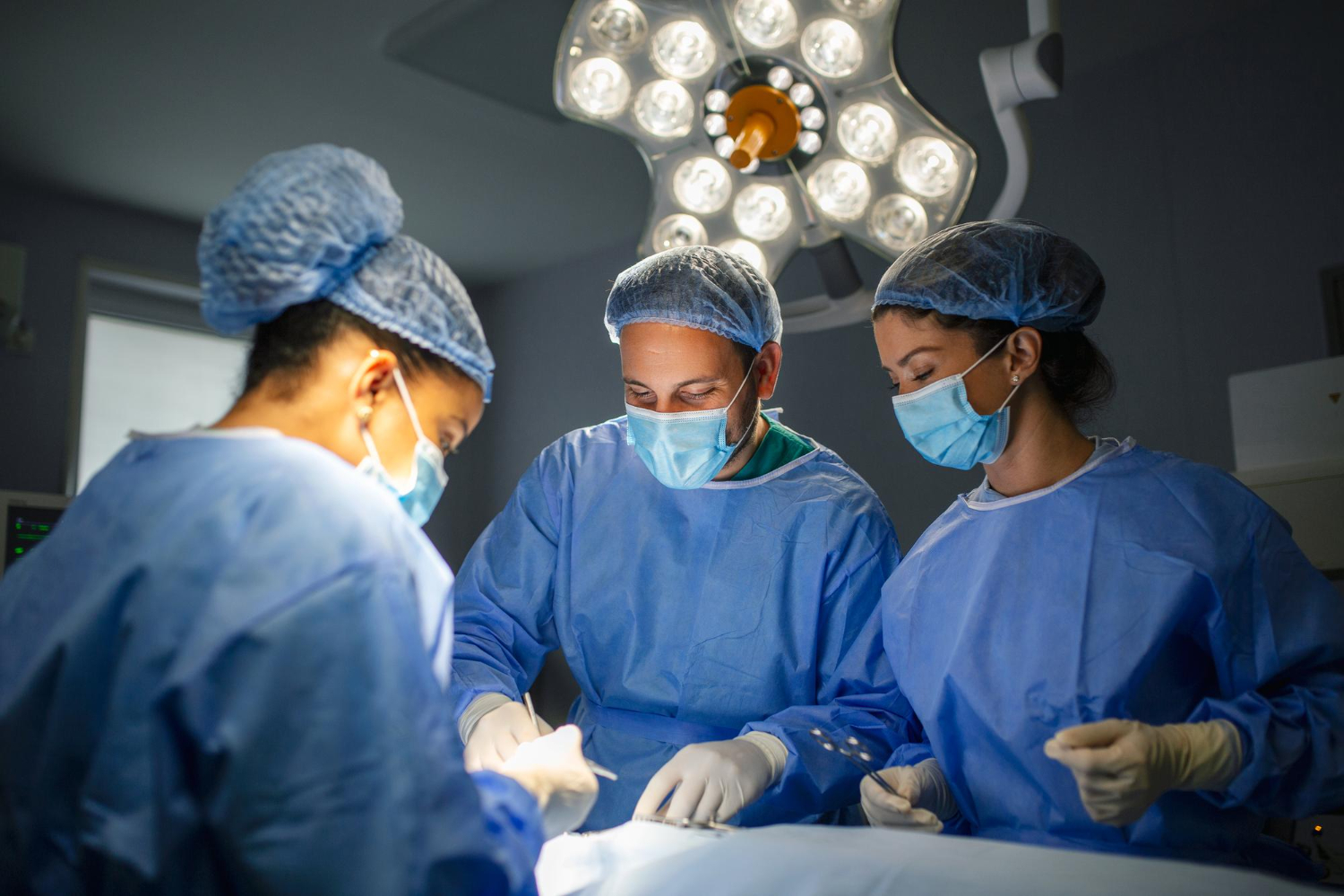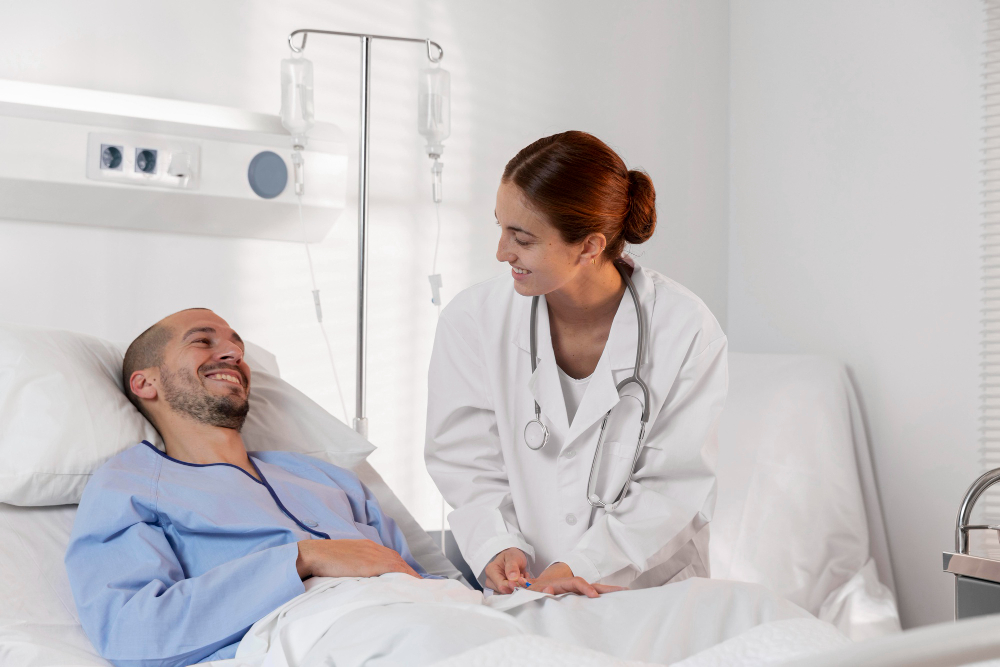Osteoarthritis of the knee joint – a guide to treatment

The knee joint is lined by a thin soft lining called articular cartilage. This helps in joint movement and gliding without friction. When this lining wears /damaged by natural wear and tear, trauma, i
The knee joint is lined by a thin soft lining called articular cartilage. This helps in joint movement and gliding without friction. When this lining wears /damaged by natural wear and tear, trauma, infection, or inflammatory condition such as rheumatoid arthritis, joint surfaces become rougher and give rise to pain and stiffness. These symptoms may progress and start affecting function.
When you have knee symptoms, you can initially be treated with simple pain killers and anti-inflammatory medications. Supervised knee exercises and knee range of motion can help to keep you flexible and mobile. Weight management and modification of activities can help as well.
Steroid injection in the knee joint has been used widely. It may reduce symptoms for a few weeks in early disease, but this generally does not work in advanced arthritis. There has been some reports that multiple use of steroid injection can cause damage to the existing cartilage lining.
Hyaluronic acid injection can potentially help by adding some lubrication in early osteoarthritis. But the effect may be short living.
Concept of regenerative treatment for knee osteoarthritis has recently gained popularity. Regenerative therapy is a new field of medicine that uses patients own regenerative cells and different growth factors to help body to heal itself, reduces inflammation giving pain relief and thereby enhancing the function of the limb.
These treatments are generally suitable for mild to moderate osteoarthritis. There are two broad types of regenerative treatment available for knee osteoarthritis. First type utilises different types of growth factors derived from patients own blood.
Platelet Rich Plasma (PRP) is derived by centrifuging a small volume of patient’s own blood. This spinning separates small volume of liquid which has high concentration of substances called growth factors. This is injected in to the knee joint using ultrasound as a guidance.
The other blood derived treatment is Autologous Protein Solution which is available by its trade name nStride APS. The preparation for the treatment solution is more complex and takes longer time to produce. Research articles have suggested this can help symptoms up to 3 years.
Both above procedures are performed under local anaesthetics as a day case procedures. It takes a few weeks before the advantage can be perceived.
There are basically two types of cell derived regenerative treatment options. Your surgeon may obtain a small amount of fat from your tummy under anaesthetic. This fat is processed at the bedside to remove impurities by a process called micro fragmentation. MFAT (micro fragmented fat) has been shown to consist mesenchymal stem cells. These stem cells have ability of transform into any other type cell population. This is available by its trade name called Lipogems. Lipogems studies have shown that its injection in the arthritic knee joint can produce long lasting effect.
The other product is called Bone Marrow Aspirate Concentrate (BMAC). The pelvic bone marrow has a high number of mesenchymal stem calls. The bone marrow fluid is aspirated using a needle under sedation/ short anaesthetic and it is centrifuged to obtain a concentrate of stem cells. This concentrate is injected in to the knee joint under ultrasound guidance. Your surgeon would discuss with you if your will be a suitable candidate for this therapy based on your age, bone quality and extent of arthritis.
There are patients who would want to remain active and avoid and delay joint replacement surgery. There are others who may not be suitable for joint replacement surgery. The regenerative option will be suitable for these patients.
Mr Rakesh Choudhary is a consultant hip and knee surgeon who has particular interest in regenerative therapy. He is happy to see patients at Healthshare Clinic in Winchester for assessment, investigations (X ray, MRI scan) and discussion about suitable treatment options.
You may like to contact [email protected] for an appointment with Mr Choudhary.
Recent Posts
Total Hip Replacement: Risks to be aware of
Jul 31,2023

